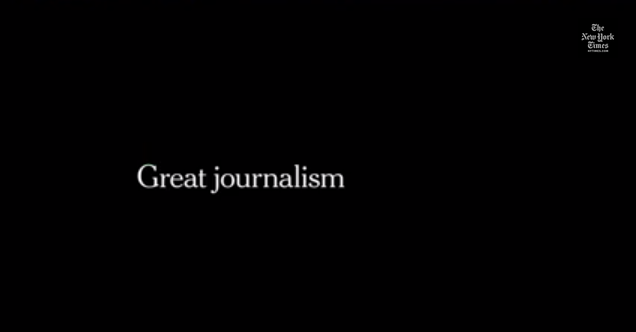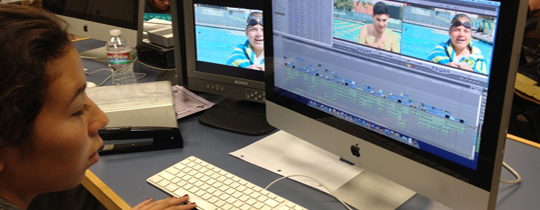What is an explainer video?

An explainer video does just what it says–it explains a topic to your audience. Most often, the topic is a complicated one that your audience needs help understanding. A lot of them have fancy graphics, but those aren’t necessary. Using video b-roll sequences, interview-style shots, and still photos can move things along if you don’t have the time to learn animation.
What are the parts of an explainer video?
Each video has three basic parts.
1. Set up the question
Your audience is viewing your video because they have a question, right? You need to clarify that question and explain why they need to know the answer. Often, you’re explaining something complicated, so you might tell them why this issue is so complicated. In this video, The Guardian explains, “The Brexit drama is moving at breakneck speed, but you’d be forgiven for losing track of what happened since 2016. Here’s a recap of everything you need to know about Brexit, from the fails, to the no-deals, to the many calls for [SOT] order!
2. Provide information
Once you set up the question and get people to understand why they need to know the answer so desperately, you’ve got to give them background and information that helps make a complicated issue clear for the audience. This means you research, research and research some more. Look for a variety of sources. You’ll find that sometimes they give conflicting information. Ask an expert for his or her opinion on good sources. Then, figure out which sources are reliable and which aren’t. After that, it’s up to you to boil it down to a script that is clear for non-experts. Take a look at this video from Vox. You’ll see the info stage starting at 23 seconds.
3. Call to action, circle back
Once you’ve given all the info, now you need to tell people what to do with that information. Here’s a great example. With this video, after all the information is given, it tells the audience what to do next, which is the call to action. In this case, that’s how to keep kids from getting an allergy. It also helps them understand what it’s like to be a person with an allergy–I think that’s so that they might be more understanding the next time they interact with someone with a food allergy. Also, the circle-back technique is GREAT here. At the beginning of the video, Joe offers a food allergy sufferer a bowl of tree nuts. He does the same thing at the end. At the beginning, there’s also a title that says “But Joe is not that kind of doctor.” That title comes back at the end. This helps tie things up neatly and with style.
Now what?
Start with a plan! You’ll need to research and write a script. If you come across information that you can only find in one place, make sure to make note of that so that you can include a citation through a link or a reference in the script itself. This adds credibility to your video and helps the audience explore the topic more fully if desired.
Once you’ve scripted everything, you can use a two-column script to add in your plan for the visuals on the left side. If you want more information on how to move on from here, there’s another great article at JEADigitalMedia that explains the process of creating these great videos.
After that, you can use your tools of choice to film and edit the explainer. Share them with me, if you want–I’m excited to see what you do!





